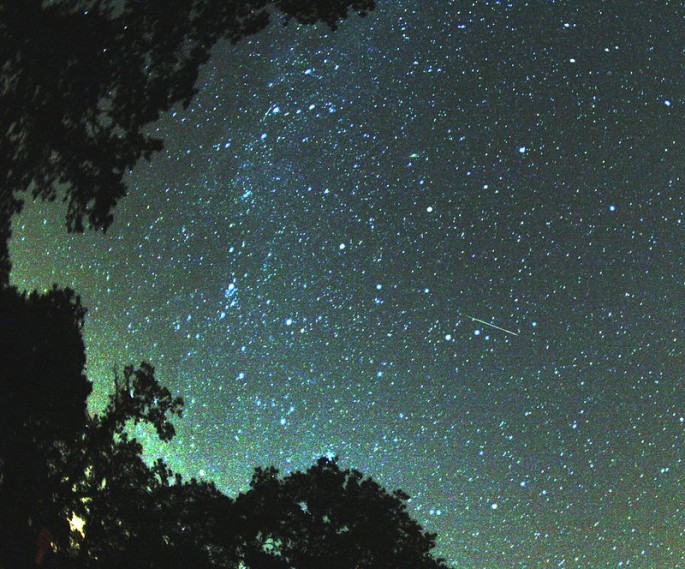A spectacular series of meteor showers known as the annual Perseids are expected to begin next month while skygazers can also enjoy the ongoing Delta Aquarids meteor shower that will last until August 23, that boasts of 20 sightings every hour.
For the most part of the southern hemisphere, the Delta Aquarids will be at its peak visibility during July 28 and July 29, where the skies will be teeming with bright flashes.
These bright flashes are caused by the meteor shower's blazing bright fireballs that can instantly light up the night skies. Apart from these, these showers also occur several times in a year, where sky watchers can anticipate the annual meteor shower event in August known as the Perseids. Right now, the Delta Aquarids will grace the night skies until the end of this month.
Even if the Delta Aquarids are shining brightly in the southern hemisphere, this meteor shower will also be visible in the northern hemisphere where the peak activity on July 28 and 29 will fade away until August 23 as it overlaps with the Perseid meteor shower entering by mid August. The Perseids are the more known meteor showers during the year however, many stargazers are already enjoying the Delta Aquarids since July 12.
In order to see fireballs and shooting stars at night, they are best viewed later at night into the wee hours of the morning, and far away from city light pollution and no moonlight.
More specifically, those who wants to catch this amazing night sky show will have to wait until around two in the morning or even three in the morning, to get the best view of these faint meteorites. In August, the overlapping Perseids will become a welcome addition to this nightly show with darker skies and crescent moons.
For those who cannot watch these meteor showers for any reason, Slooh is offering live broadcasts where the online observatory uses robotic telescopes to take vivid imagery along with live telescope feeds with commentaries from astronomers.



























